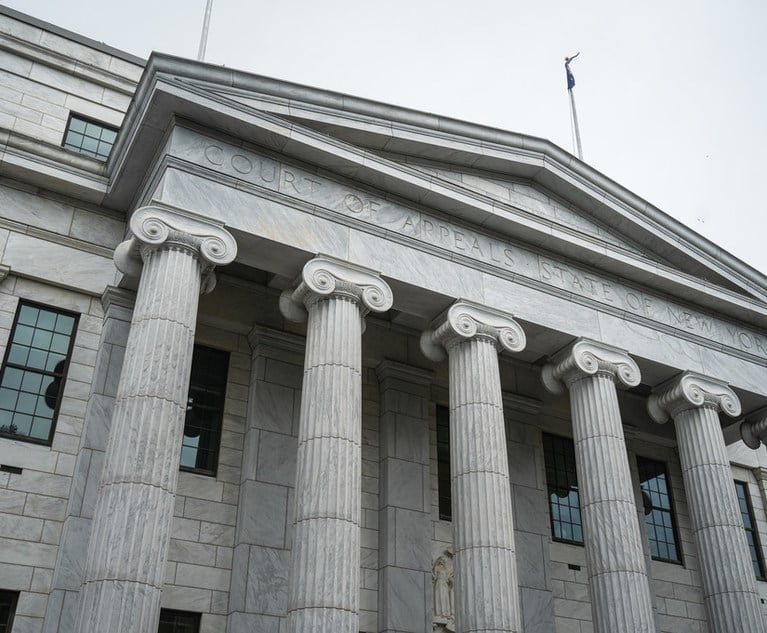Lochner, in 1905, struck down a New York law that sought to regulate the number of hours a baker could be permitted to work per week. It must be remembered that what became known as the Lochner era was truly the high-water mark of New York’s jurisprudence and political power. New York was the largest state in population and in economic power. The Court of Appeals was the second most important court in the land. Chief Judge Alton B. Parker, who wrote the Court of Appeals decision, and Associate Justice Rufus Peckhan, who wrote the Supreme Court decision, knew each other, having both served on the N.Y. Court of Appeals.
Justice Parker was a Progressive who was elected in 1897 to the Court of Appeals. Soon after writing the Court of Appeals opinion, he resigned from the bench and ran for the presidency in 1904, as a Democrat, against Theodore Roosevelt. Judge Peckhan was a former governor of New York. The attorney general of New York, Julius M. Mayer, who submitted a lean 19-page brief to the Supreme Court, was thereafter appointed to the federal bench, elevated to the Second Circuit, and upon his resignation, was replaced by Learned Hand. Chief Justice Hughes, who 30 years later drafted the opinion that overruled Lochner, was previously a progressive republican governor of New York.


 Photo: Shutterstock
Photo: Shutterstock




